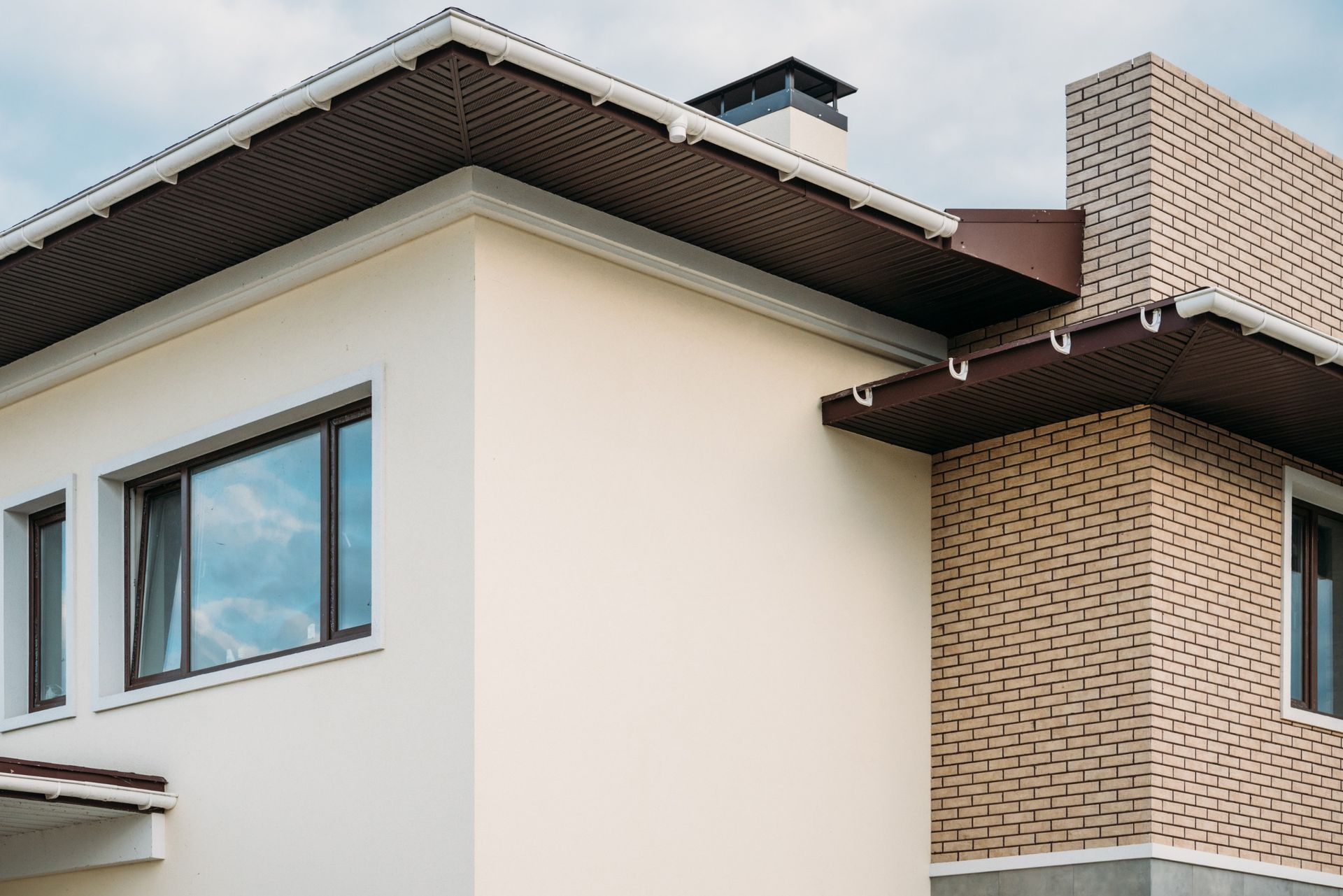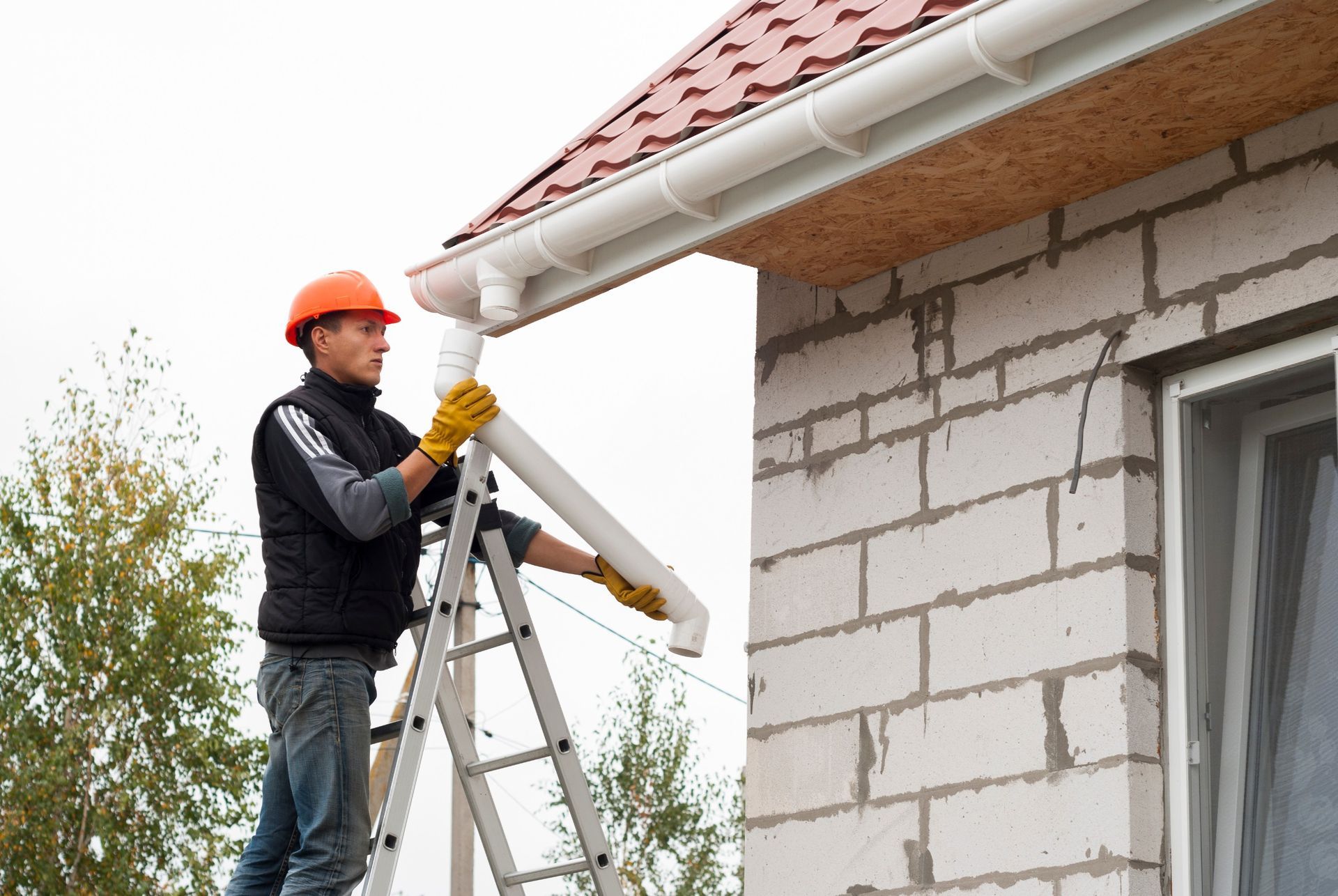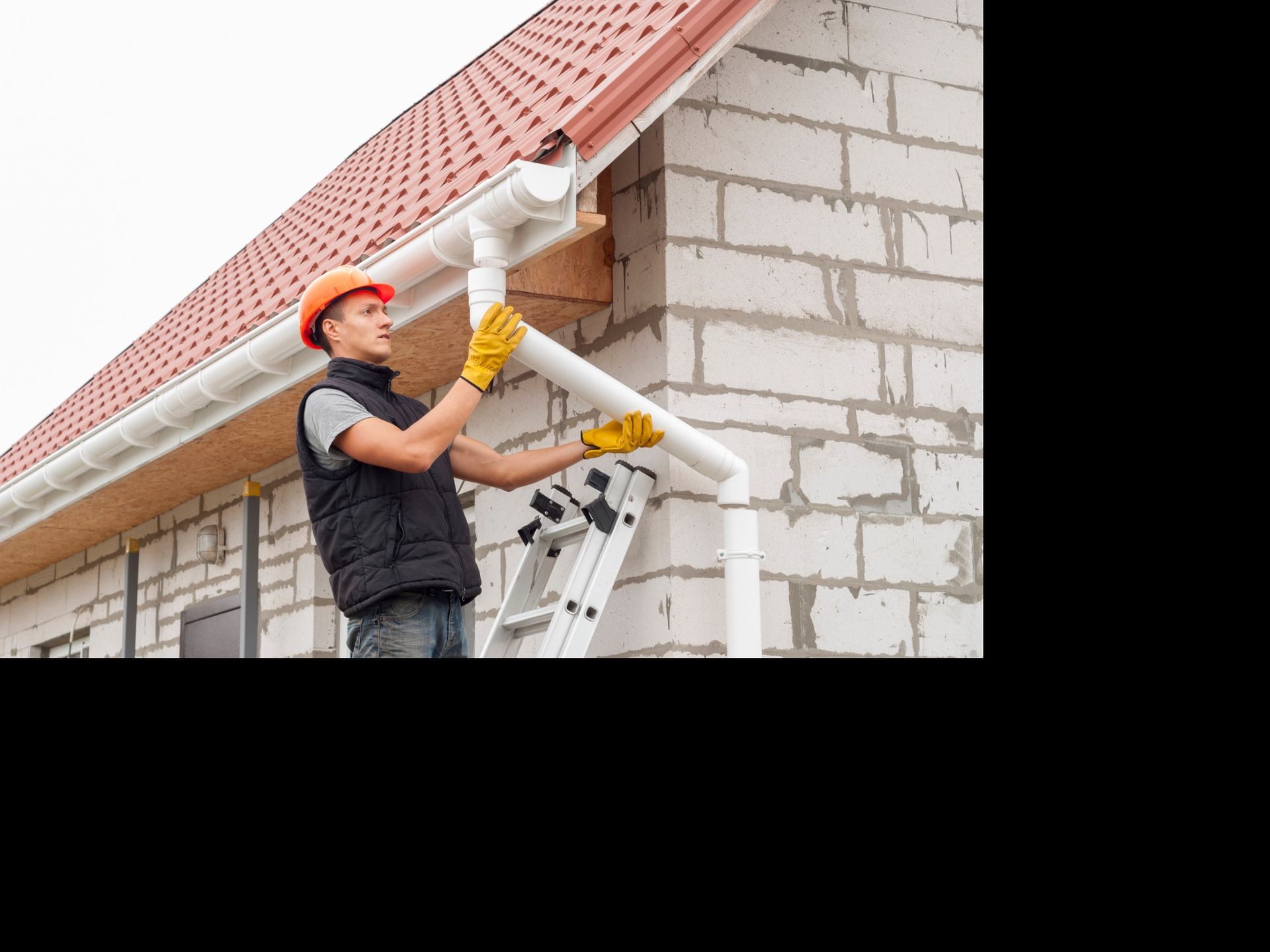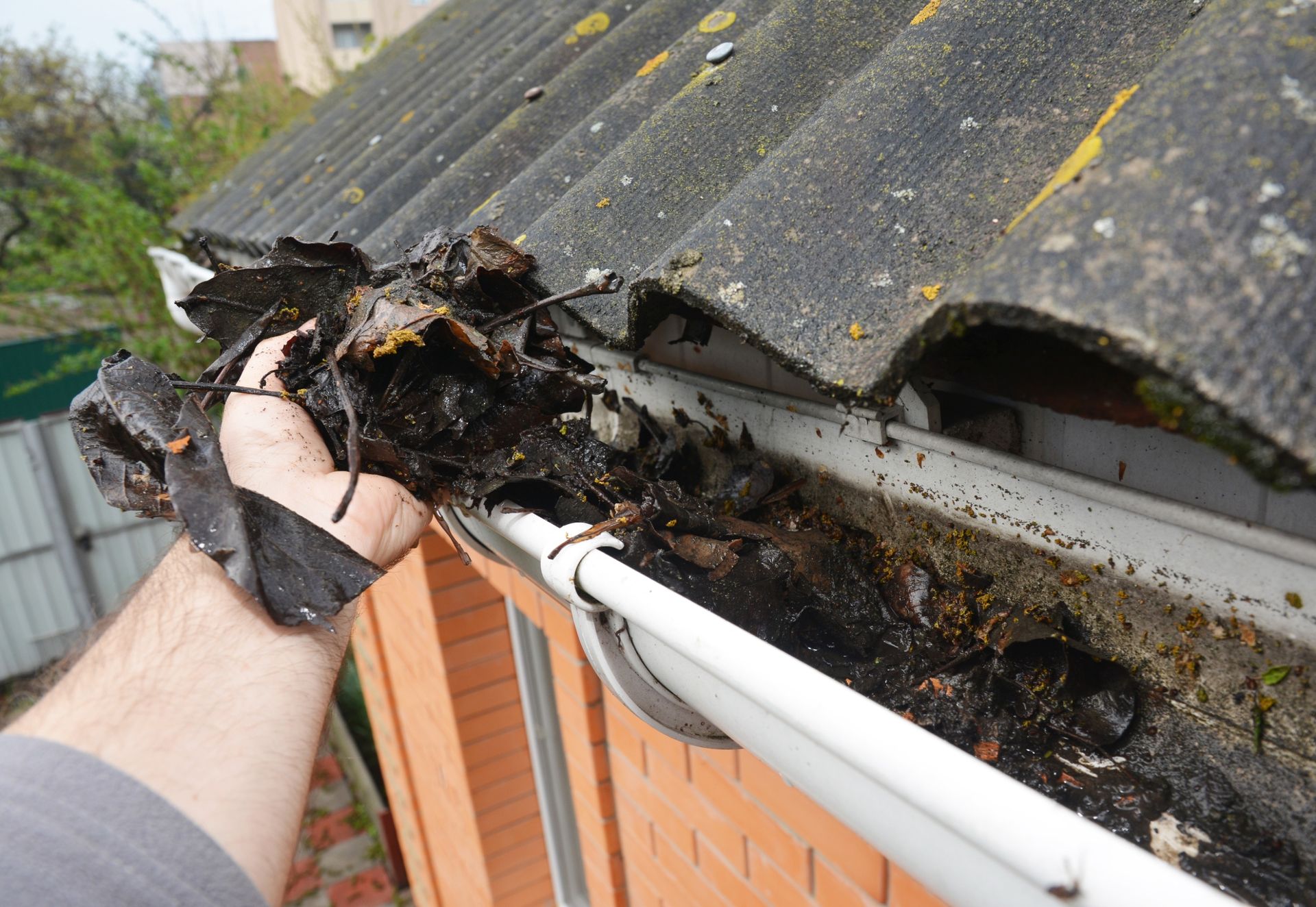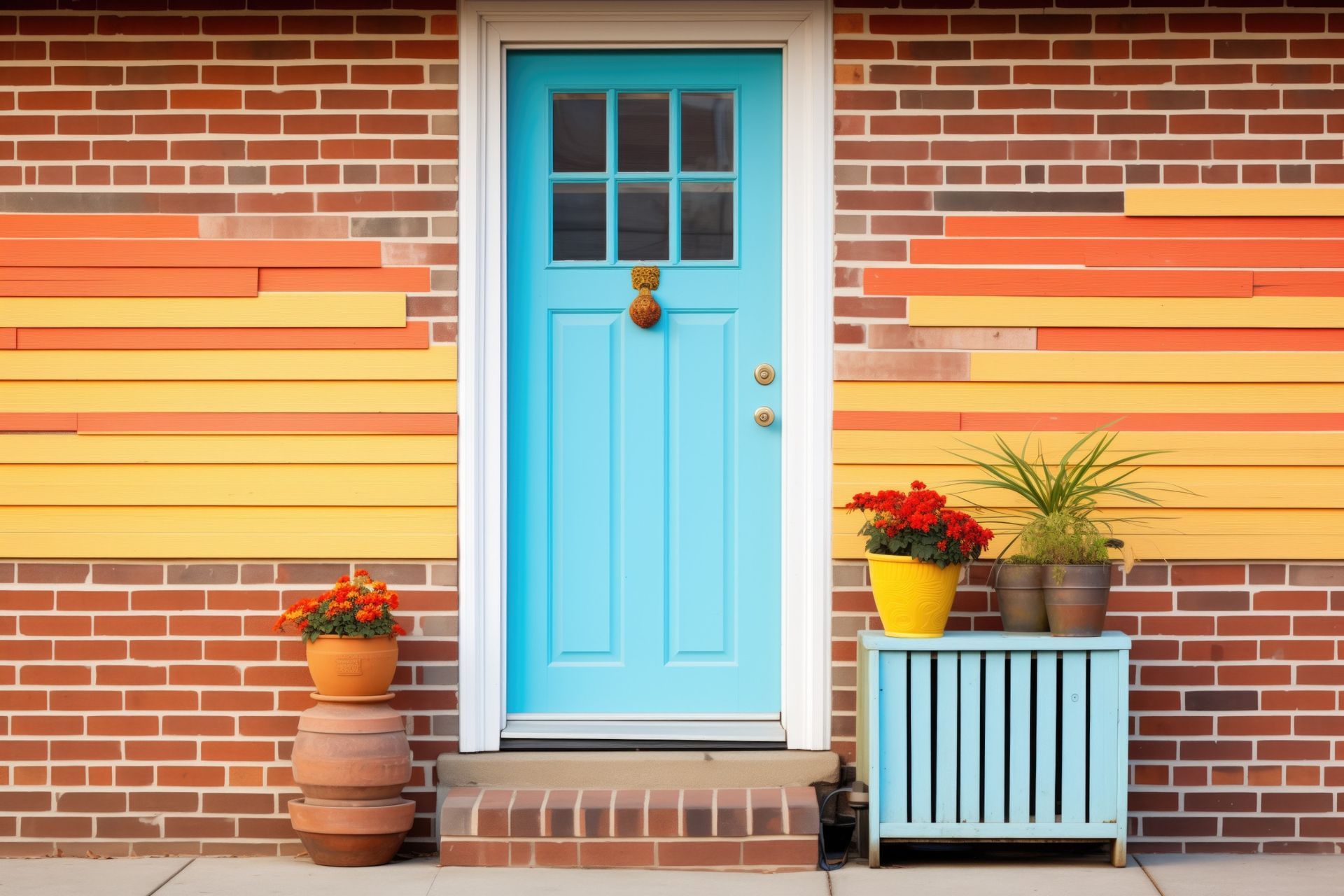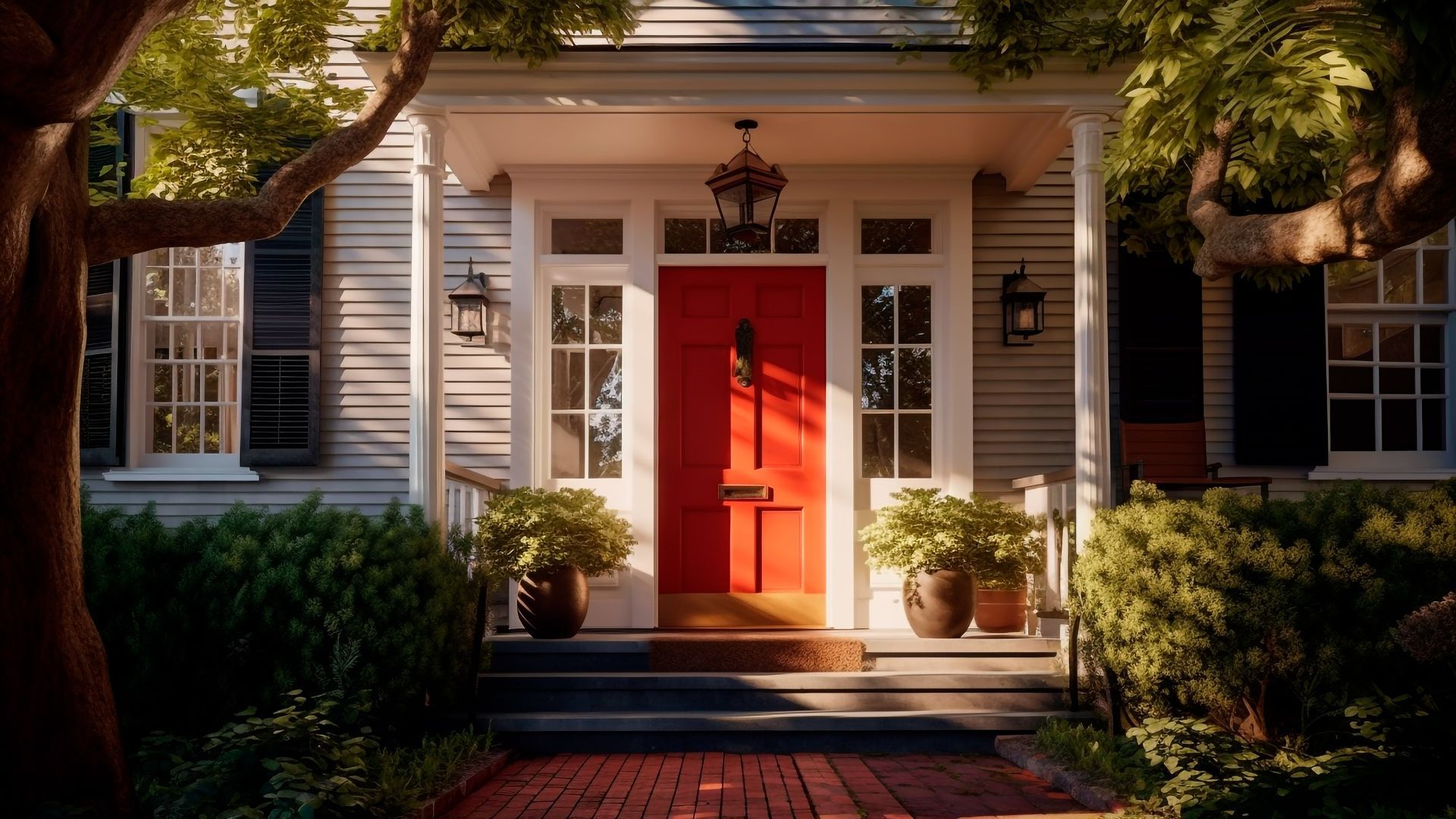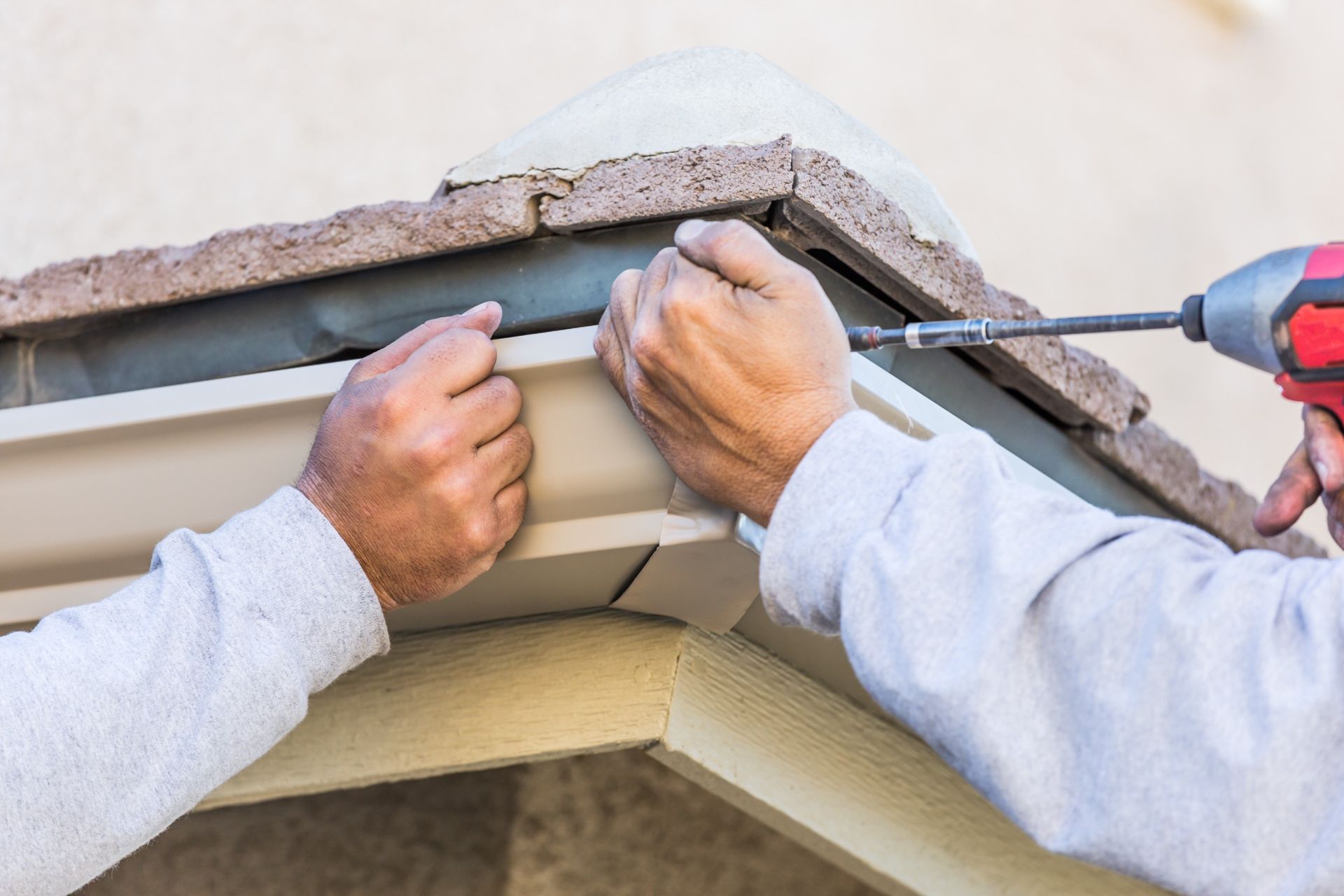
Get in touch
619 Tamiami Trl N, Nokomis, FL 34275, United States of America
Got Questions? Call Us Today (941) 492-6064
What Is The Difference Between Seamless Gutters And Regular Gutters
The importance that you place on your house’s gutters depends primarily on where you live. In some places, regular maintenance of your gutters goes unnoticed, but in areas with a wet and cold climate , homeowners pay special attention to their gutter system because it is an important part of preventing damage to the home.
If you are planning to get new gutters for your home, you may be considering between seamless and regular gutters. Heights Gutters in Venice Fl provides an informative blog that explains the key difference between these two types of gutters and how they will affect your home’s overall functionality.
Alternatively, regular or ‘sectional’ guttering is usually made from sections around 2 – 3m in length joined together and attached along rooflines with fasteners similar to those used for roofing tiles. This type of installation requires more extensive cleaning and faces management efforts since seams provide additional points where debris can accumulate resulting in build-up which could block free-flow within the system leading to overflow onto paths beneath in periods of heavy rain.
Seamless Gutters
Seamless gutters are the latest advancement in gutter technology and are becoming increasingly popular due to their ease of installation and maintenance. Seamless gutters are made from a continuous sheet of aluminum or copper and are designed to fit the exact length of your home’s roofline. They are also custom made to fit your exact needs.
Regular gutters are more prone to clogging and require more frequent maintenance due to their larger number of seams. Let’s compare the two and figure out which one is best for you:
Advantages of Seamless Gutters
Seamless gutters are constructed in one continuous piece, eliminating the need for connectors and seams at corners and joints. Whereas traditional gutters require many separate pieces to make the run, seamless gutters are cut right there on the roof to create smooth bends perfectly tailored to your home's roofline. This improves water flow by eliminating potential clogs, sags and overflows caused by seams coming loose or becoming clogged with leaves, pine needles or other debris.
In addition to providing improved water flow and eliminating potential blockages, seamless gutters also provide a number of aesthetic advantages. Since they are custom-built for each individual home, they can be manufactured from a wide range of colors, finishes and materials that match the look of your home’s exterior. They can also be easily customized with decorative accessories such as hangers and elbows that add design details without disrupting the elegant seamless look of your gutters.
Seamless gutters also offer greater durability than conventional gutter systems due to their lack of seams where rust might occur. Their ability to resist leaking also makes them more reliable when severe storms threaten your area with heavy downpours or snowfall melts into flooding rains. Seamless guttering may cost more initially than traditional systems up front but in terms of longevity, they’re well worth it over time.
Disadvantages of Seamless Gutters
Although seamless gutters can be very beneficial for homeowners, it’s important to note that there are some disadvantages associated with them. The most common disadvantage of such gutters is the cost. Because they need to be custom-made, they usually carry a higher cost than traditional gutters. Plus, installing seamless gutters requires specialists with special equipment. This carries an additional cost as well.
Another disadvantage of seamless gutters is the time needed for installation and upkeep compared to regular sectional gutter systems. Seamless products generally require more time to install, and any repairs may also require specialized tools and skills for completion. Lastly, due to the use of more material in producing a longer gutter system, these types of systems also tend to be heavier than traditional models which may impact the overall lifespan of your roofing material or fascia board around the house if it is not properly supported during installation.
Regular Gutters
Regular gutters , also known as sectional gutters, are the most common type of gutters found in homes. They’re manufactured in sections and come in a variety of materials including aluminum. Regular gutters are generally easier for DIYers to install and can be custom fit to the exact needs of your home.
In this blog, we’ll discuss the differences between regular gutters and seamless gutters .
Advantages of Regular Gutters
Regular gutters , also known as sectional gutters, are the most common type of gutter system used in residential and commercial buildings. While standard gutters have be known to have their limitations (e.g. leaks and clogs), there are still many advantages to using them:
- Cost – Regular gutters are usually cheaper than seamless ones , making them a good option if you need fast installing but don't want to break the bank.
- Installation – Since they come in pre-cut sections, they can easily be installed by professionals or DIYers, without needing specialized tools or skillsets. They also give greater flexibility in design due to the variety of joining methods available (clips, screws etc).
- Maintenance – These gutter systems can be easily uninstalled and serviced should this become necessary over time with regular use and wear and tear, allowing for trouble-free maintenance and repair if required.
- Customization – Regular gutters provide a great deal of adaptability from various materials (steel, zinc alloy , aluminum etc.) countries (USA or Europe) sizes or even shapes so that each customer can choose what best meets their specific needs going beyond an aesthetic choice reaching greater convenience factors such as weight of material and lifespan depending on weather conditions considered in the area where they will be placed/used.
Disadvantages of Regular Gutters
Regular gutters, or sectional gutters, are made of individual gutter segments which must be assembled together when installed. Seamless gutters use long pieces so that there are no seams to lead to leaking. To determine the type of gutter you have, check for visible seams that run along the roofline .
Although traditional gutters offer an economical installation option, they may not be the best choice for your home in terms of cost effectiveness or reliability. Regular gutters have a few key disadvantages you should consider before installation:
- Lack of Durability: Traditional gutter systems typically require more maintenance than seamless alternatives and may need to be replaced sooner due to weather-related damage. The seams created by the jointed sections can weaken over time and will require repair or patches more often than seamless systems.
- Labor Intensive: Installing traditional rain gutters is significantly more labor intensive than installing seamless systems due to the amount of cutting, forming, and placing required by each individual segment; this increases installation time as well as costs associated with labor.
- Leaks Easily: Joints between each cut piece create potential points where leaks can occur; adding sealant strips can help stop leaky joints but won’t prevent them entirely and regular yearly inspections should be carried out in order to catch any potential issues before they become more serious problems.
Conclusion
Ultimately, the type of gutters you choose for your home depends on your budget, aesthetic preferences, and the climate where you live. Seamless gutters usually require professional installation and might be slightly more expensive than traditional gutters. However, seamless gutters are designed to be more durable and efficient than regular gutters with seams. Seamless systems last longer and are less prone to leaks or clogs due to their single-piece construction , which may save you money in the long run.
On the other hand, if you live in an area with mild summers and winters that don’t produce a lot of rainfall or snowfall, traditional gutters might suffice. Choosing high-quality materials such as copper will also help ensure your gutter system performs efficiently for years to come.
